This website uses cookies to ensure you get the best experience on our website.
- Table of Contents
Facts about Dihydrolipoyllysine-residue succinyltransferase component of 2-oxoglutarate dehydrogenase complex, mitochondrial.
The 2-oxoglutarate dehydrogenase complex is mainly active in the mitochondrion (PubMed:29211711). A fraction of this 2-oxoglutarate dehydrogenase complex also localizes in the nucleus and is necessary for lysine succinylation of histones: partners with KAT2A on chromatin and supplies succinyl-CoA to histone succinyltransferase KAT2A (PubMed:29211711).
| Human | |
|---|---|
| Gene Name: | DLST |
| Uniprot: | P36957 |
| Entrez: | 1743 |

| Belongs to: |
|---|
| 2-oxoacid dehydrogenase family |

2-oxoglutarate dehydrogenase complex component E2; dihydrolipoamide S-succinyltransferase (E2 component of 2-oxo-glutaratecomplex); Dihydrolipoamide succinyltransferase component of 2-oxoglutarate dehydrogenasecomplex; dihydrolipoyllysine-residue succinyltransferase component of 2-oxoglutaratedehydrogenase complex, mitochondrial; DLTS; E2K; EC 2.3.1; EC 2.3.1.61; OGDC-E2
Mass (kDA):
48.755 kDA

| Human | |
|---|---|
| Location: | 14q24.3 |
| Sequence: | 14; NC_000014.9 (74881913..74903743) |
Mitochondrion matrix. Nucleus. Mainly localizes in the mitochondrion. A small fraction localizes to the nucleus, where the 2-oxoglutarate dehydrogenase complex is required for histone succinylation.





PMID: 8268217 by Nakano K., et al. Human dihydrolipoamide succinyltransferase: cDNA cloning and localization on chromosome 14q24.2-q24.3.
PMID: 8076640 by Nakano K., et al. Isolation, characterization and structural organization of the gene and pseudogene for the dihydrolipoamide succinyltransferase component of the human 2-oxoglutarate dehydrogenase complex.